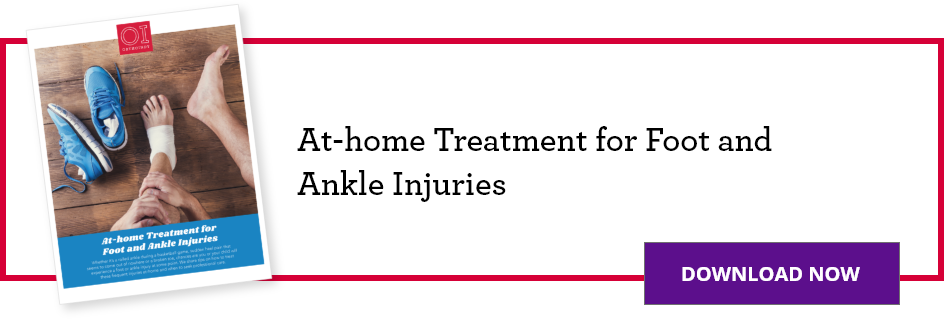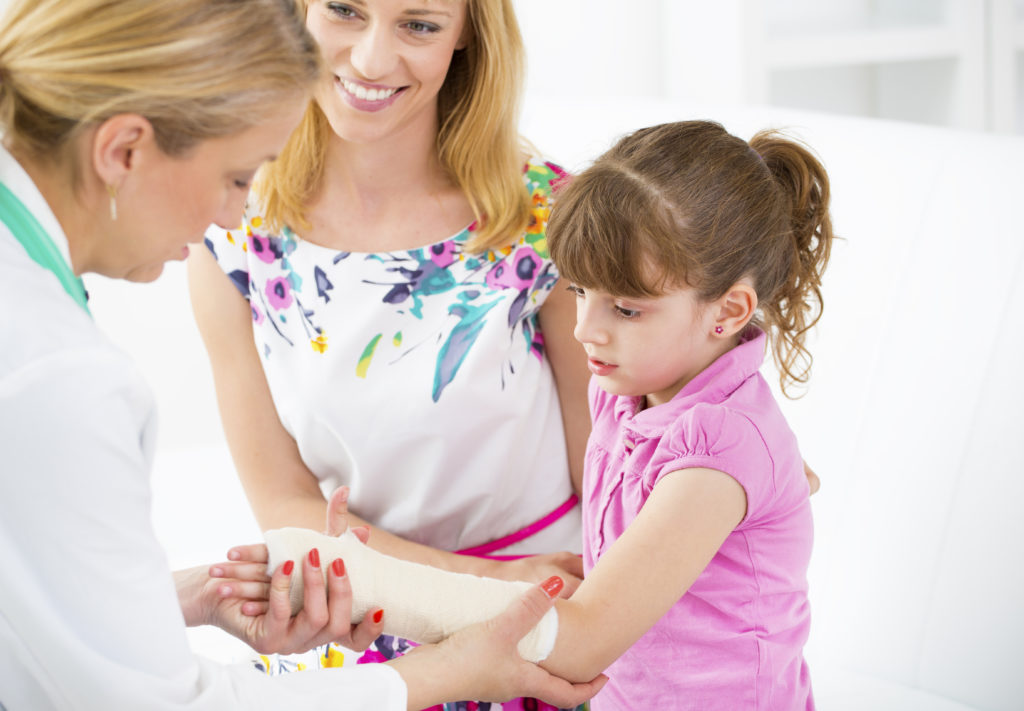THIS POST IS PART OF THE ULTIMATE GUIDE TO FOOT AND ANKLE INJURIES
Sever’s disease, also called calcaneal apophysitis, is a common heel injury that occurs in children. The disease results from inflammation of the growth plate in the heel. A growth plate is an area at the end of a developing bone where cartilage cells change over time into bone cells. As this occurs, the growth plates expand and unite, which is how bones grow.
Sever’s disease is a common cause of heel pain in growing children, especially those who are physically active. It usually occurs during the growth spurt of adolescence, the two-year period when children grow fast. This can be any time between the ages of 8 and 13 for girls and 10 and 15 for boys. Sever’s disease rarely occurs in older teens because the back of the heel usually finishes growing by the age of 15.
What causes Sever’s disease?
During the growth spurt of early puberty, the heel bone sometimes grows faster than the leg muscles and tendons. This can cause the muscles and tendons to become tight and overstretched, making the heel less flexible and putting pressure on the growth plate. The Achilles tendon is the strongest tendon that attaches to the growth plate in the heel. Over time, repeated stress on the already tight Achilles tendon damages the growth plate, causing the swelling, tenderness and pain related to Sever’s.
Such stress commonly results from physical activities and sports that involve running and jumping. Additionally, Sever’s disease can result from standing too long, which puts constant pressure on the heel.
What are the symptoms of Sever’s disease?
- Pain or tenderness in one or both heels
- Swelling and redness in the heel
- Difficulty walking
- Discomfort or stiffness in the feet upon walking
- Discomfort when the heel is squeezed
- An unusual walk, such as limping or walking on tiptoes.
How is Sever’s disease diagnosed?
A physician will ask what activities the child is involved in, what symptoms they are experiencing and perform a physical exam on the child’s heel. An X-ray might be needed to rule out other injuries.
Make an appointment with an OrthoIndy orthopedic pediatric specialist
How is Sever’s disease treated?
Treatment includes: rest to relieve pressure on the heel bone, foot and leg exercises to stretch and strengthen the leg muscles and tendons, elevate and apply ice to reduce swelling, having the child wear an elastic wrap or compression stocking to reduce pain and over-the-counter medicine to reduce pain and swelling.

How do you recover from Sever’s disease?
Sever’s disease usually goes away within two weeks to two months and does not cause any problems later in life. Most children can return to physical activity without any trouble once the pain goes away. It can come back if long-term measures are not taken to protect the hell during a child’s growth spurt. Good quality, well-fitting shoes with padded soles help reduce pressure on the heel. If a child is overweight a physician may recommend weight loss to decrease pressure on the heel as well.
Learn more about pediatric orthopedic care at OrthoIndy.
Schedule an appointment
Your well-being is important to us. Click the button below or call us to schedule an appointment with one of our orthopedic specialists. If your injury or condition is recent, you can walk right into one of our OrthoIndy Urgent Care locations for immediate care. For rehabilitation and physical therapy, no referral is needed to see one of our physical therapists.





